 |
|
IXPE (Falcon 9) 9 December 2021 |
Launch Complex 39A Kennedy Space Center |
| A SpaceX Falcon 9 rocket launched NASA’s Imaging X-ray Polarimetry Explorer (IXPE) mission to low Earth orbit from Launch Complex 39A at Kennedy Space Center at 1:00 a.m. on 9 December 2021. This is the fifth flight for this Falcon 9’s first stage booster, which previously supported launch of Crew-1, Crew-2, SXM-8, and CRS-23. Following stage separation, Falcon 9’s first stage landed on the Just Read the Instructions droneship stationed in the Atlantic Ocean. | |
TIME EXPOSURE |
|
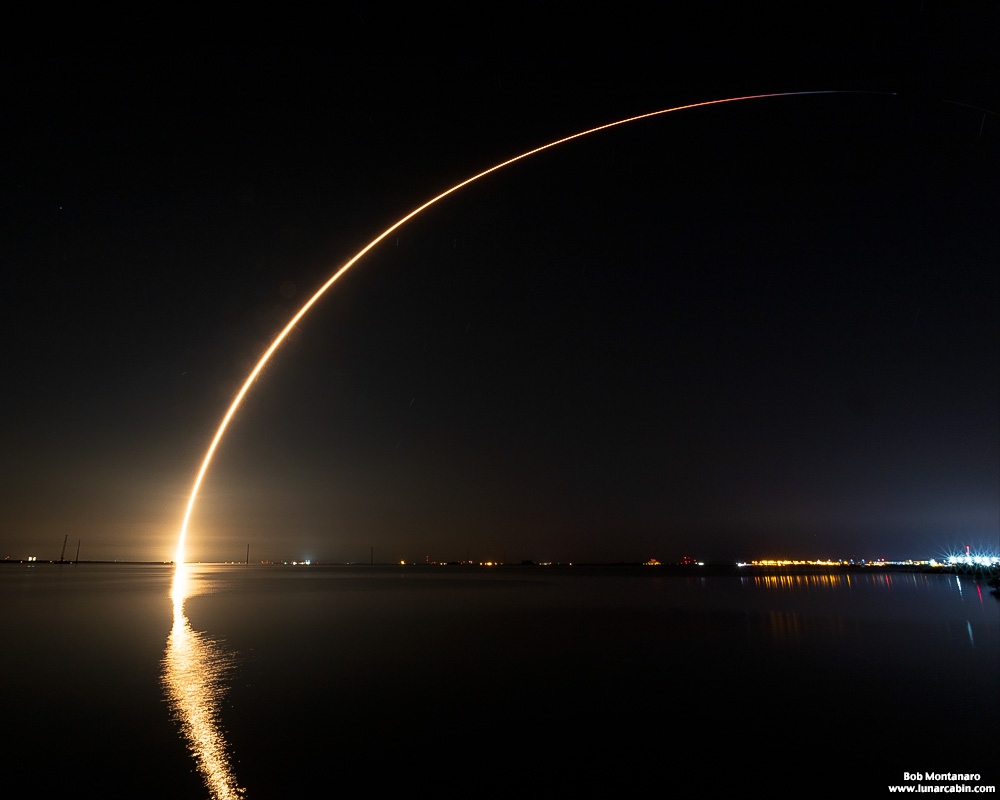 |
|
TELEPHOTO IMAGES |
|
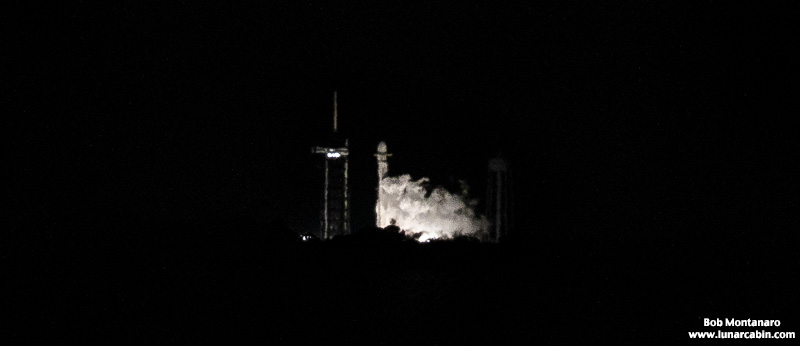 |
|
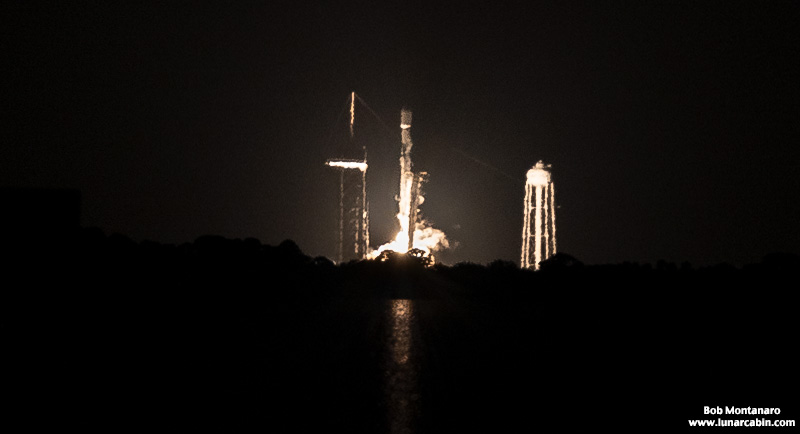 |
|
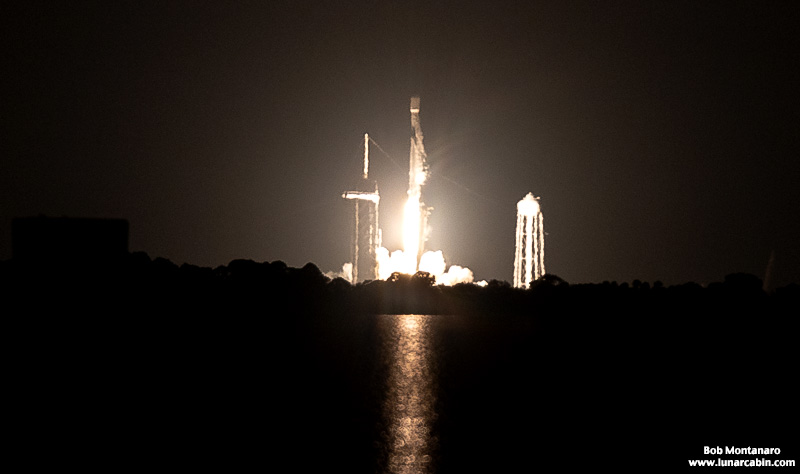 |
|
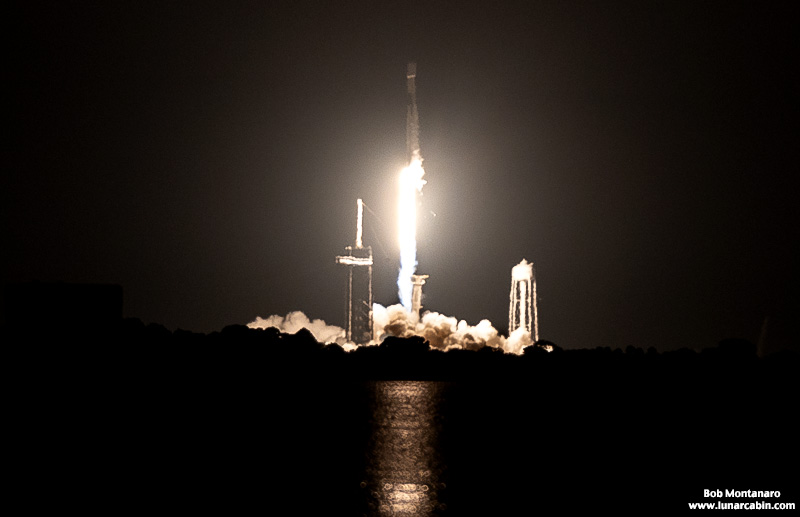 |
|
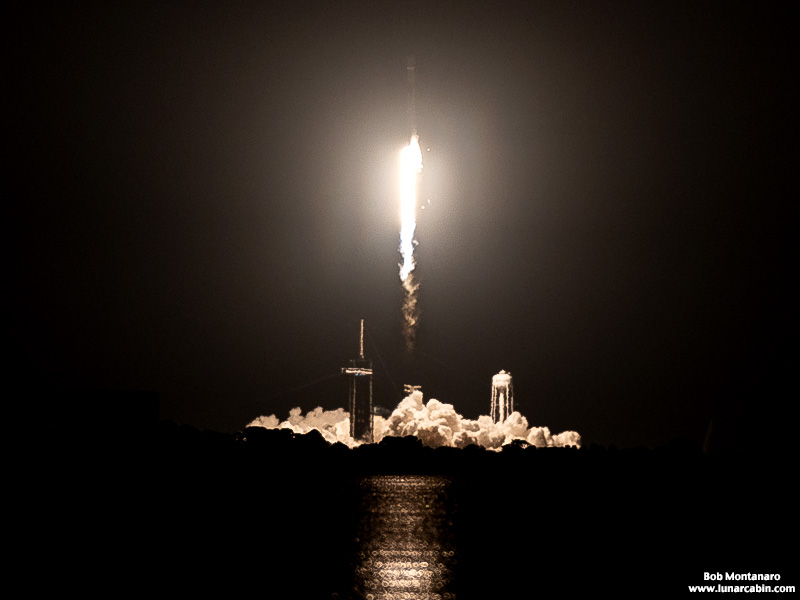 |
|
 |
|
 |
|
 |
|
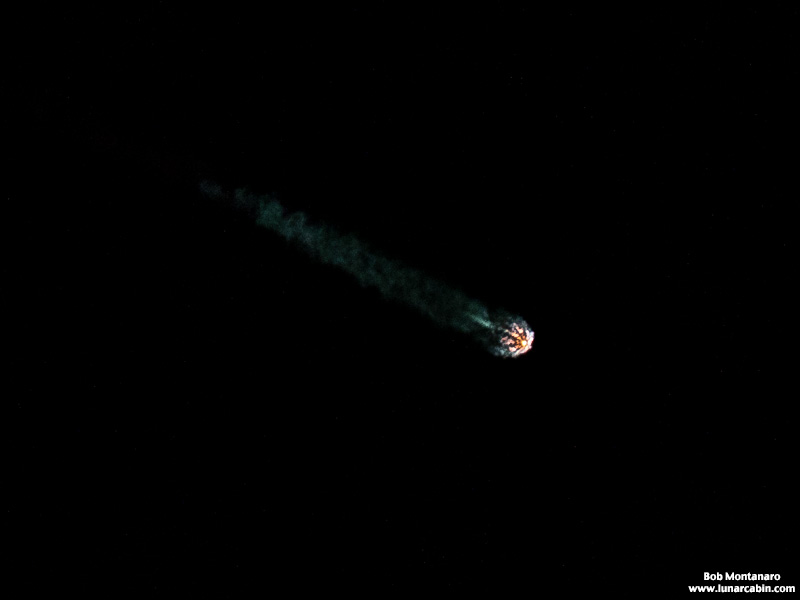 |
|
 |
|
EXCERPTS FROM THE NASA IXPE PRESS RELEASE |
|
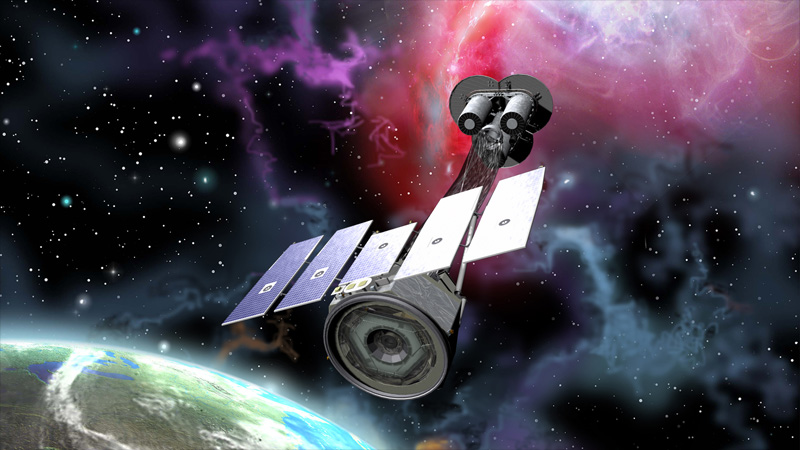 |
|
IXPE IMAGE CREDIT: NASA |
|
The Imaging X-ray Polarimetry Explorer (IXPE) is a space observatory built to discover the secrets of some of the most extreme cosmic objects – the remnants of supernova explosions, neutron stars, powerful particle streams ejected by feeding black holes, and more. IXPE is NASA’s first mission to study the polarization of X-rays from many different types of celestial objects. Measuring the polarization of X-rays traces the story of where this light came from, including the geometry and inner workings of its source. X-rays are a high-energy form of light that is invisible to human eyes. Like all light, X-rays are electromagnetic waves that oscillate, or vibrate, in different directions as they travel through space. The light from the Sun or a lamp, for example, is a chaotic mix of waves vibrating in all directions. Polarized light is more organized, with electric fields vibrating in just one direction — like the reflective glare created by sunlight bouncing off a lake or ocean. IXPE builds on the discoveries of NASA’s Chandra X-ray Observatory and other space telescopes by measuring the amount and direction of polarization of X-ray light. IXPE’s polarization measurements will help scientists answer questions such as:
IXPE will also serve as a unique tool to study the laws of nature in extreme conditions that we cannot recreate in a laboratory on Earth. IXPE’s polarization measurements might even hold clues to longstanding questions about the rules that govern high-energy physics on both a large scale and a very small, or quantum, scale. IXPE is an international collaboration between NASA and the Italian Space Agency. Hundreds of engineers and scientists from more than 12 countries worked together to make IXPE a reality. The mission is led by principal investigator Dr. Martin C. Weisskopf at NASA’s Marshall Space Flight Center. Ball Aerospace is the main industry partner. Orbit: About 375 miles (600 kilometers) altitude, orbiting around Earth’s equator |
|
All contents copyright Lunar Cabin |
|